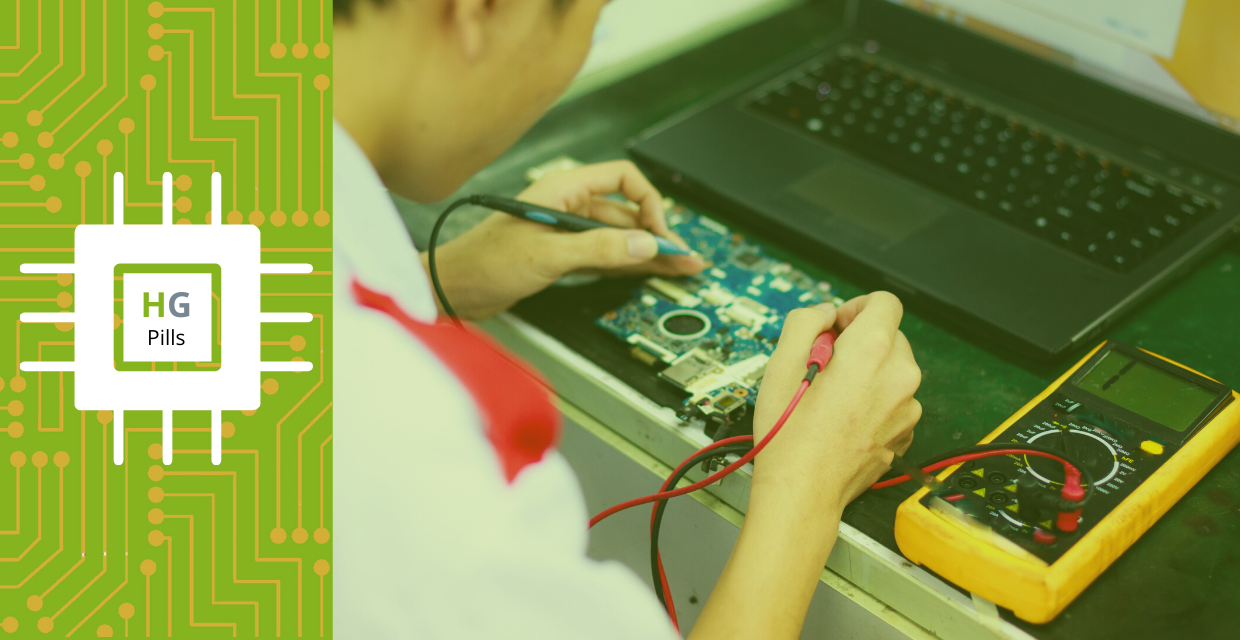
At Hemargroup, we are at the forefront of the design and manufacture of electronic components. With the new section HemarPills we want to share some of the best practices of our industry, to help simple electronics enthusiasts and companies, in the development of their projects.
In today's article we will see how to measure low-value resistances, a topic that is certainly interesting given the considerable difficulty.
How to Measure Low Value Resistances
Anyone who has used automatic test stations is aware of the difficulties in measuring resistances below a certain value.
There are cases where the resistive value of a component is much lower, even in the order of tenths, hundredths and thousandths of ohms, and sometimes you need to know that value. Components of this type are, for example, shunt resistors, high frequency antenna coils, electrical cables, metal tubes, special joints, resistors of water heaters and stoves and so on.
If we consider that the component under test is physically located several tens of centimeters from the measuring instrument, that the measurement "passes" through a contact nail, its receptacle, the wrap wire inside the adapter, at least a pair of DIN connectors and a few tens of centimeters of flat cable, we can say that throughout the connection chain we have a parasitic resistance between 1 and 3 ohms.
How to eliminate the "distraction" of the parasitic resistor?
To overcome this situation we use the "4 terminal" measuring system, two wires pass the necessary current for measurement, the other two are connected to the measuring instrument, which, having a high input impedance, is not "disturbed" by the parasitic resistance of the connection. This results in an accurate measurement even on resistors with values below 1 Ohm.
Some measures to take into account
In order to optimise this method as much as possible, however, certain precautions must be taken into account when constructing the adapter or test equipment:- Choose the nail or contact method with the most suitable shape (Testpoint for smd or connector for THT),
- Make at least 8-10 turns of wrap wire on the receptacle, so as to get a good contact, or however make sure you have a clean connection for each "change" of connection tool
- Use double wire for the connection, better if in twisted pair configuration, in turn "twisted" with the second connection
- Keep the connection between the receptacle, the various connectors and the measuring instrument as short as possible,
- Set a suitable current and delay for the measurement in order to obtain the most stable measurement possible.
We hope this article has helped you in your project. Don't miss the next HG-Pills on the world of electronics.
If you are an electronics enthusiast and want to get some tips on how to complete your project or you have an idea for a startup but you don't know where to start, we can help you.
Hemargroup is the Swiss leader for over 40 years in the design, engineering and production of electronic components, for companies and startups. Use the form below to get in touch with us!
.png)
